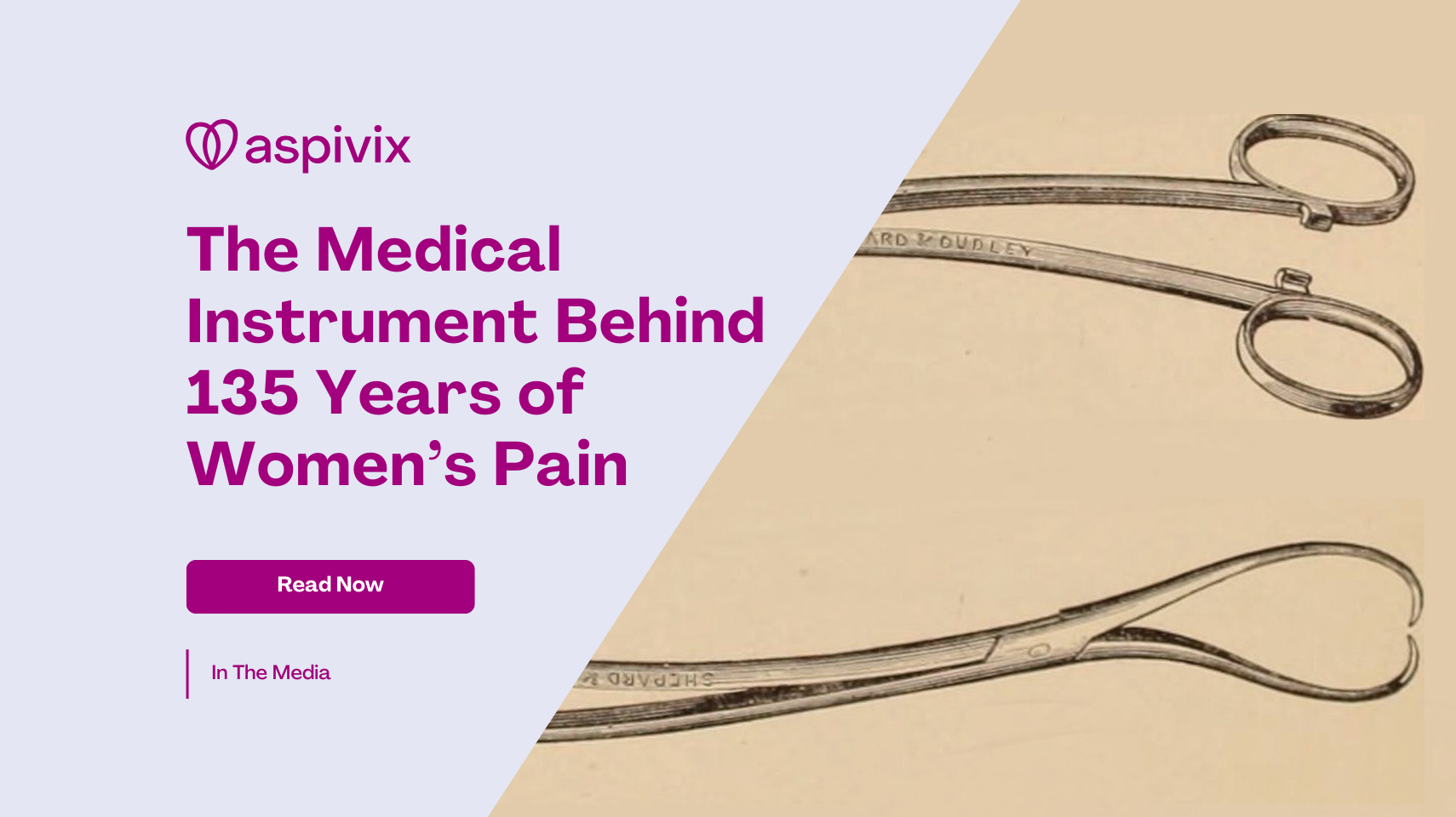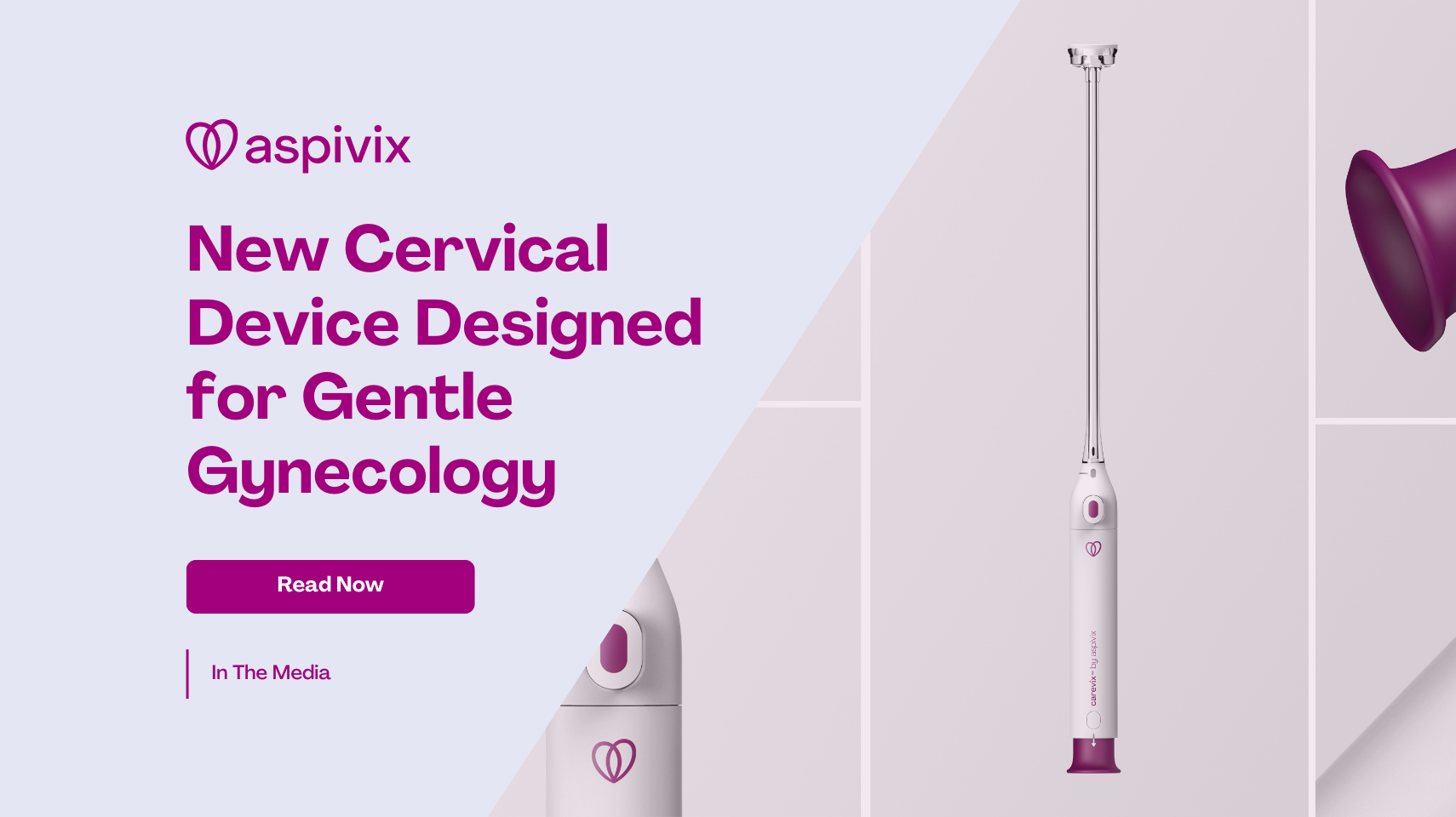
What Makes People Choose a Particular Contraceptive?
Researches have been trying to answer this question for a long time. Needs and preferences for contraception change over time and vary with the person’s stage of life. Safety, effectiveness and reversibility are some of the most important attributes when selecting a contraceptive.1
COVID-19 has swept across the globe impacting millions and disrupting our way of life. Prior to the pandemic, unplanned pregnancies were already a significant public health issue with > 40% of worldwide pregnancies – every year – being unplanned.2,3
Today, as we stare at a new way of living, there is an ever-greater need for individuals to know contraception options and choose the right one to match their needs.
Key Attributes When Choosing a Contraceptive
Extensive research has shed light on what attributes are most important for women globally:
- Safety,
- Effectiveness,
- Length of Effectiveness,
- Reversibility,
- Rapid and Predictable Return to Fertility
These attributes have fueled development. Today modern contraception methods are generally highly effective if used appropriately.1
Long-Acting Reversible Contraception (LARC) is more than 99% effective:
- Contraceptive implant (lasts up to three years)
- Intrauterine system, or IUS (up to six years)
- Intrauterine device, or IUD, also called the coil (up 12 years)4,5
Short-Acting Reversible Contraception is less than 95% effective:
- Contraceptive injection (renewed every eight weeks or every 12 weeks)
- Pill (taken every day)
- Contraceptive patch (renewed each week for three weeks in every month)
- Vaginal ring (renewed once a month)
Discussion
Global agencies and healthcare organizations are issuing positioning statements to prioritize Long-acting reversible contraception such as IUDs where possible during and after lockdown. “LARC offers the most effective contraception and should be prioritized where possible when lockdown restrictions are eased.” 6,7
Sources:
1. Beyond Acceptability: Users’ Perspectives on Contraception
2. Bearak J., Popinchalk A, Alkema L, et al. “Global, regional, and subregional trends in unintended pregnancy and its outcomes from 1990 to 2014: estimates from a Bayesian hierarchical model”
3. World Health Organization. “The World Health Report 2005, Make Every Mother and Child Count”
4. Planned Parenthood
5. Contraception at a Glance
6. FSRH guidance for contraceptive provision after changes to Covid-19 lockdown
7. LARC Access During the Covid-19 Pandemic. Positioning Statement
Share this story:










